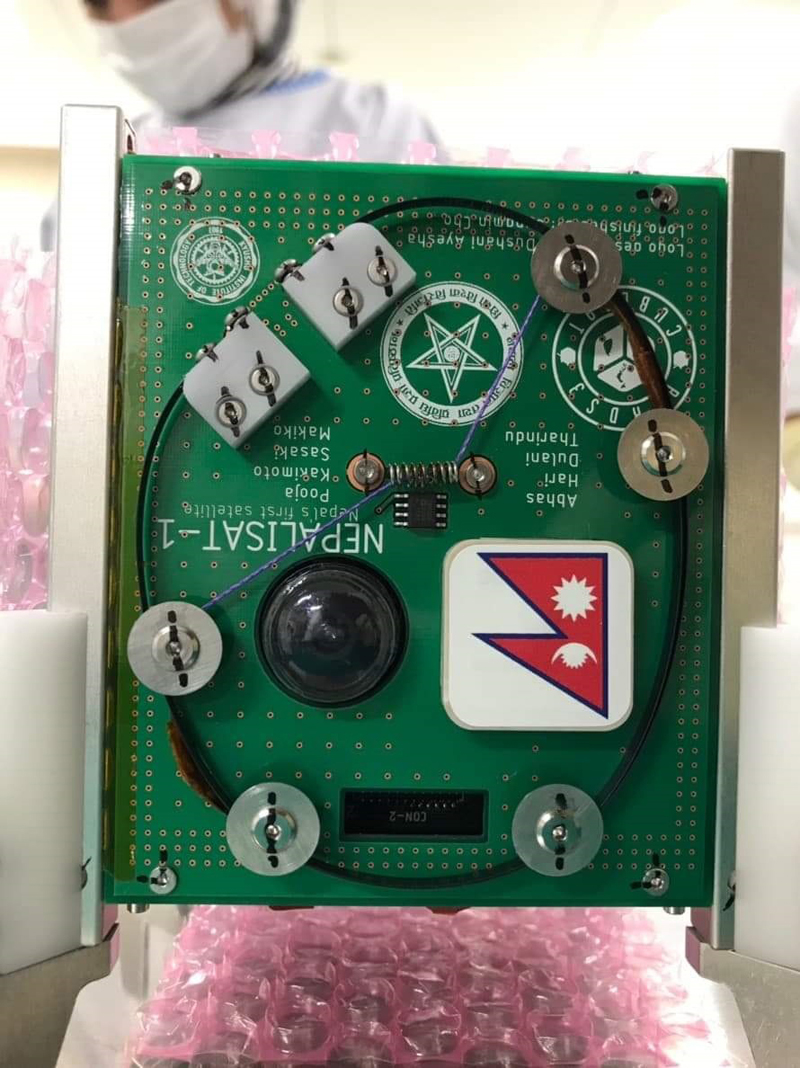Construction of ground station still in limbo
Kathmandu, July 6
In a much-hyped hullabaloo after launching the country’s first satellite NepaliSat-1 into space on April 18, Nepal Academy of Science and Technology had promised to bring the ground station required to command the satellite into operation within a couple of weeks.
But, the construction of the ground station is in limbo even two-and-a-half months after the launch.
NAST has not even installed an antenna for the station, let alone other things.
Even Prime Minister KP Sharma Oli, after the satellite launch on April 17, had said that Nepal had entered the space-era. But the situation is such that the government is relying on Bhutan to receive the signals sent by the satellite that revolves around the Earth’s lower orbit.
NAST had, on June 18, made another promise: to capture the first pictures sent by the satellite with the country’s own ground station within the next week. But chances are high that this promise will also be as hollow as its other promises.
NAST had handed over responsibilities to supply computers and other equipment necessary to construct the ground station to Decade International Pvt Ltd. The deadline provided to the contractor had already expired on June 22. However, NAST officials are saying that the long and tedious procurement process has been a hindrance.
Programme head of ground station Roshan Pandey said, “Delay on our own side has hindered the process of buying the antenna.” He also said that they would operate the ground station soon after receiving the antenna.
NAST also confirmed that the NepaliSat-1 has sent some satellite pictures of the country as commanded by Kyushu Institute of Technology (Kyutech) in Japan. Kyutech had supported two Nepali scientists, Aabhas Maskey and Hariram Shrestha in developing the satellite.
Meanwhile, it is also said that Nepal cannot officially receive these data even if the ground station is ready as the country needs to register the ‘call-sign’ of the satellite with United Nation’s Office for Outer Space Affairs, a UN body to assist peaceful uses of outer space, before receiving data. The official call sign of NepaliSat-1 is JG6YLF, but it has not been officially registered with UNOOSA, according to NAST officials. The registration should be made through the Ministry of Foreign Affairs.
On being asked about the same, NAST officials refused to make any comment in this regard.
They however, informed that the government had already sent an official letter regarding registration.






